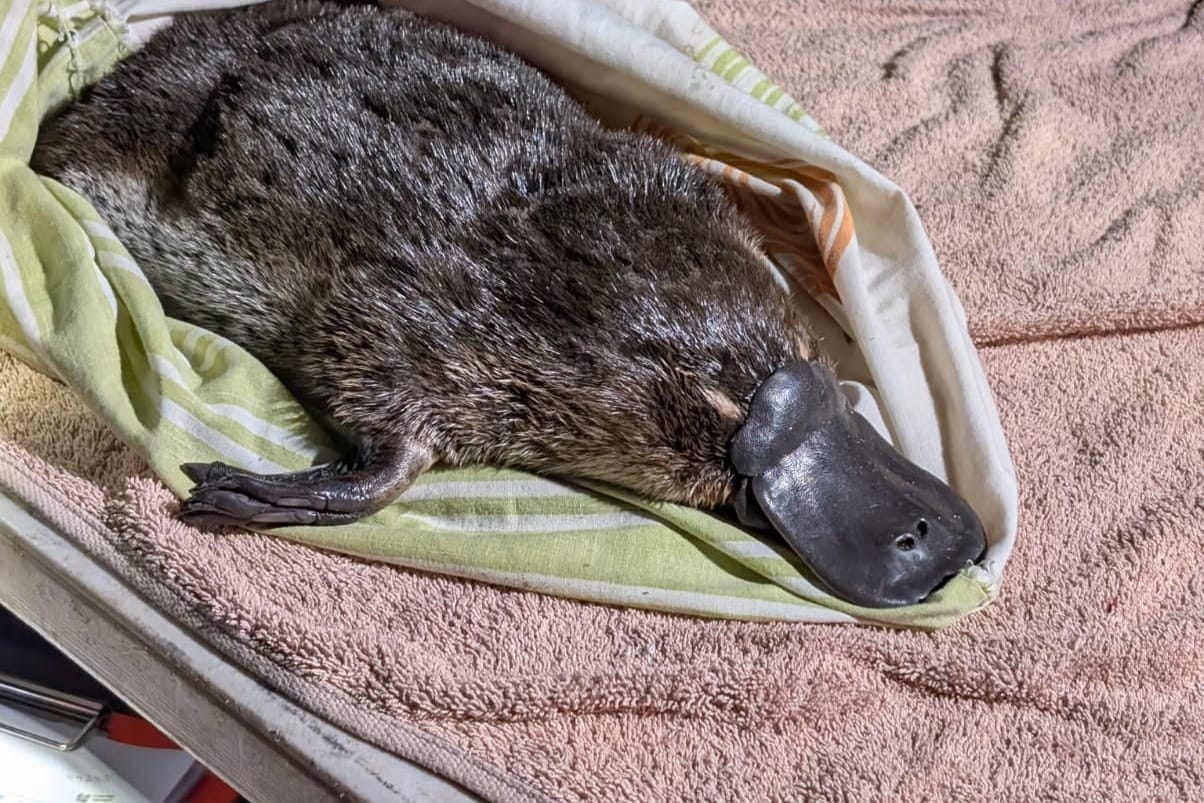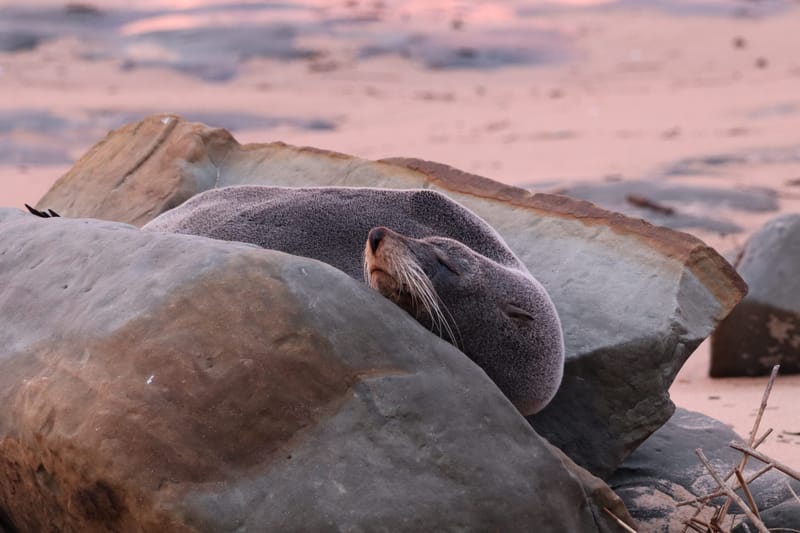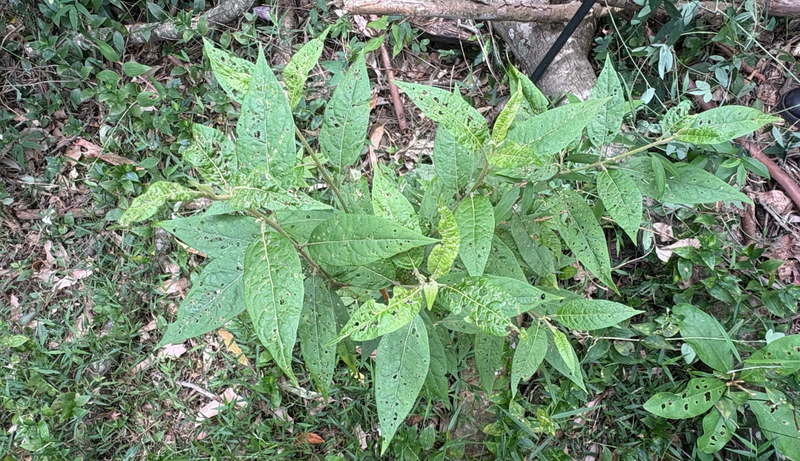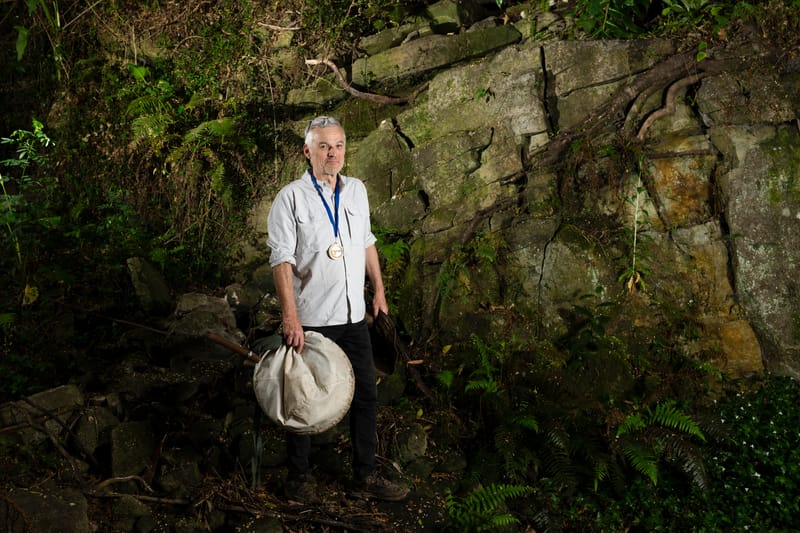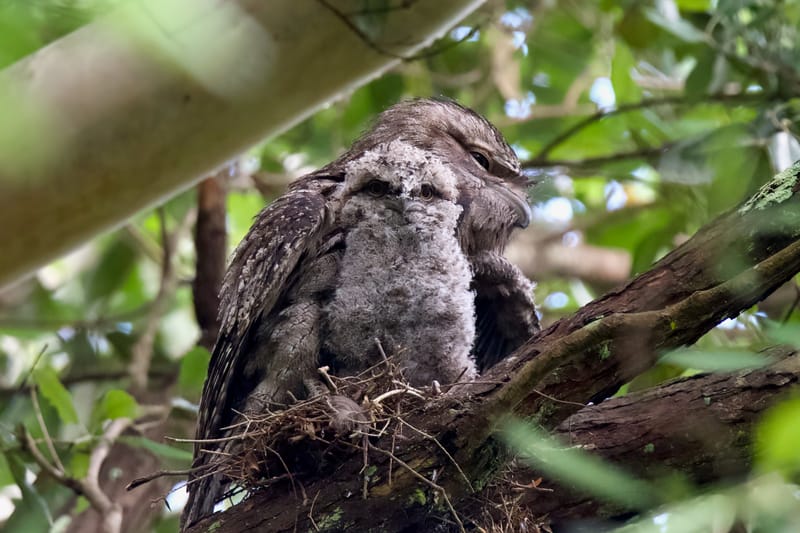Researchers ‘elated’ to find two young platypus in the Royal National Park
The platypus had been locally extinct for 50 years. Now there could be up to 20 roaming the Royal National Park
In May 2023, in one of the most ambitious rewilding projects attempted in New South Wales, Dr Gilad Bino and his University of NSW team released 10 platypus into the Royal National Park.
The researchers have been checking on the shy monotremes twice a year, but a recent field survey began with sad news – they found one of the original older males had died, likely of natural causes. On average, platypus live for about 10 years, Gilad said. "This is, I guess, part of the life and death process."
But then, they stumbled upon two bundles of joy.
“One is a juvenile male from just this year and the other one is a sub-adult from the previous year. We’re very much elated,” Gilad told the Illawarra Flame yesterday.
“We've had a bit of a sigh of relief … there’s a lot of, like a sense of responsibility and pressure – it’s almost a bit like The Truman Show, where we know it’s such a high-profile project. We’re really, really happy to see these new individuals – a confirmation that they’re doing well."
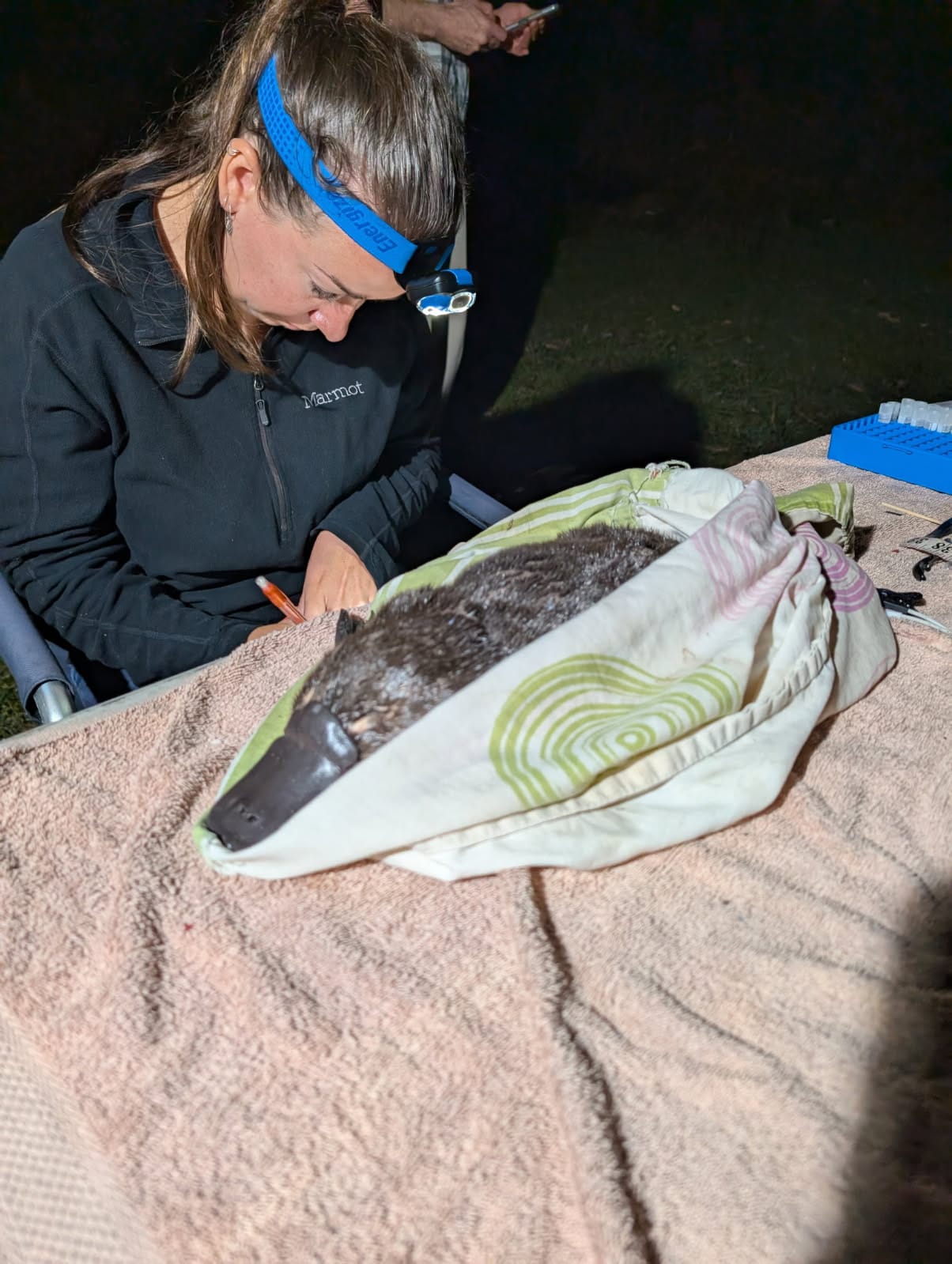
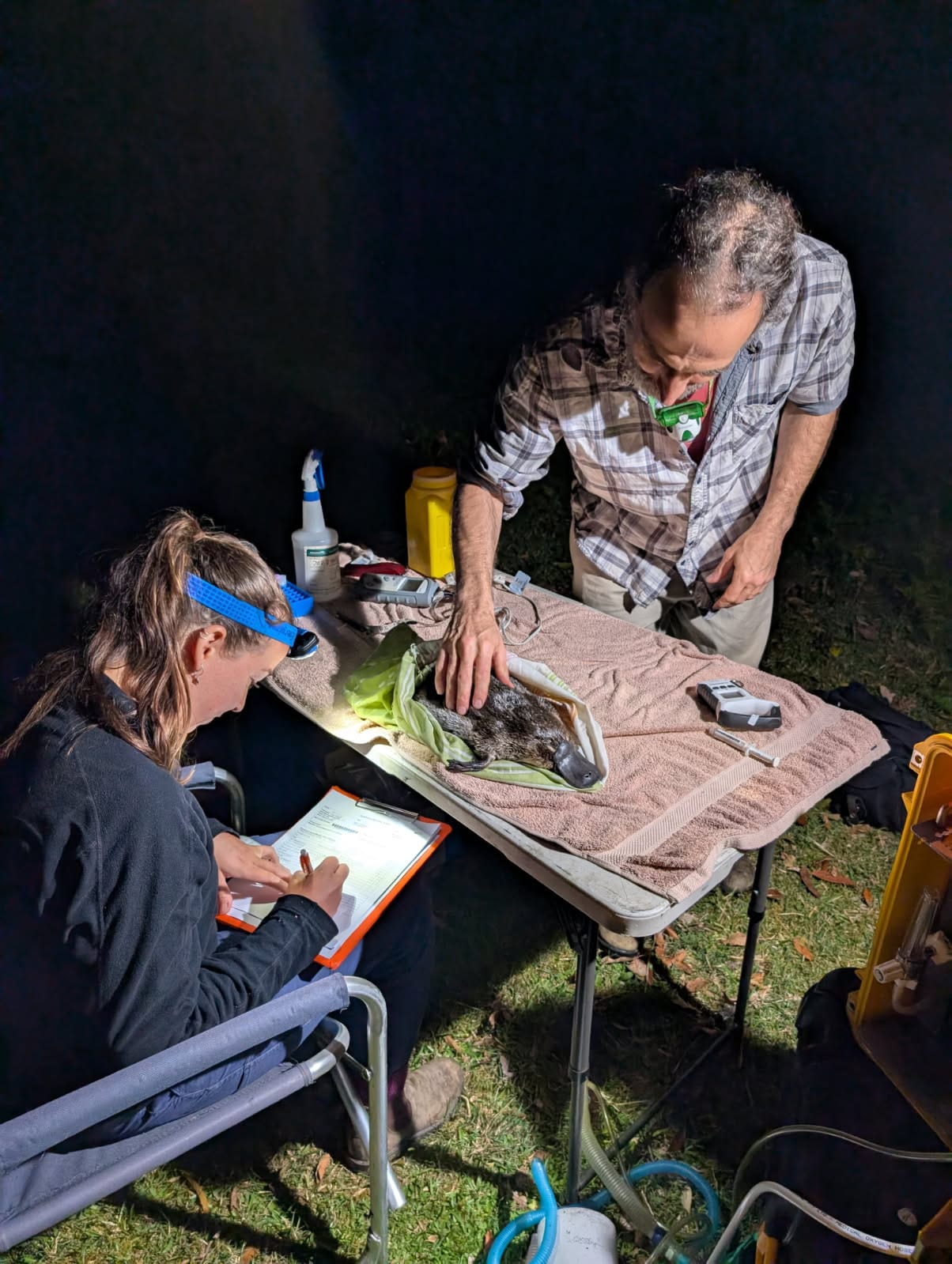
Researchers monitor the platypus via live trapping and listening stations that pick up pings from acoustic tags
Up to 20 platypus in the park
The platypus had been locally extinct for 50 years. Now, with 13 introduced and three juveniles found since the project began, Gilad guesses there could be up to 20 roaming the Royal, although it’s hard to be sure.
“That’s just part of the mystery, and we just have to keep monitoring them. It's been a really encouraging, successful translocation.”
UNSW researchers track platypus via tiny acoustic tags that emit a sound pulse in the water that's picked up by listening stations, and they have also had help on the ground.
“We very much like working with the Friends of the Royal,” Gilad said. “They're such an enthusiastic and amazing bunch to work with, and they kind of go around and as part of their regenerative [work] and taking care of the park, they have sometimes spotted a platypus.”
His tip is to keep an eye out for platypus in the Hacking River, downstream from Audley Weir, all the way past the Upper Causeway and further up.
But watch your step! Spring is a critical time as platypus are breeding and each female can lay one to two eggs.
“We need to be very mindful of not destroying or, God forbid, collapsing burrows," Gilad said. "So stay on the tracks, stay to the picnic sites, and then, if you’re lucky, be patient and maybe you get a glimpse of a platypus.”
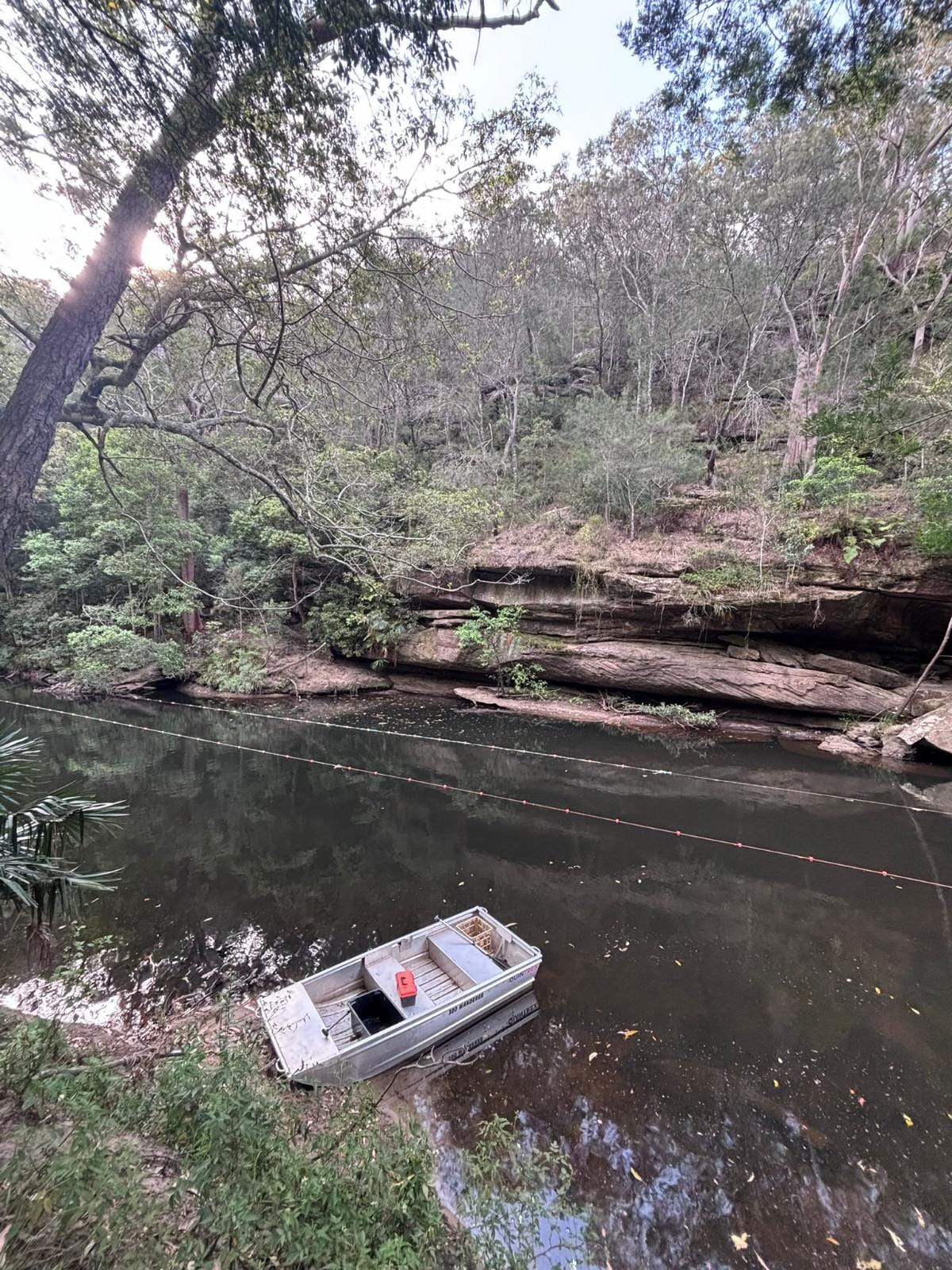
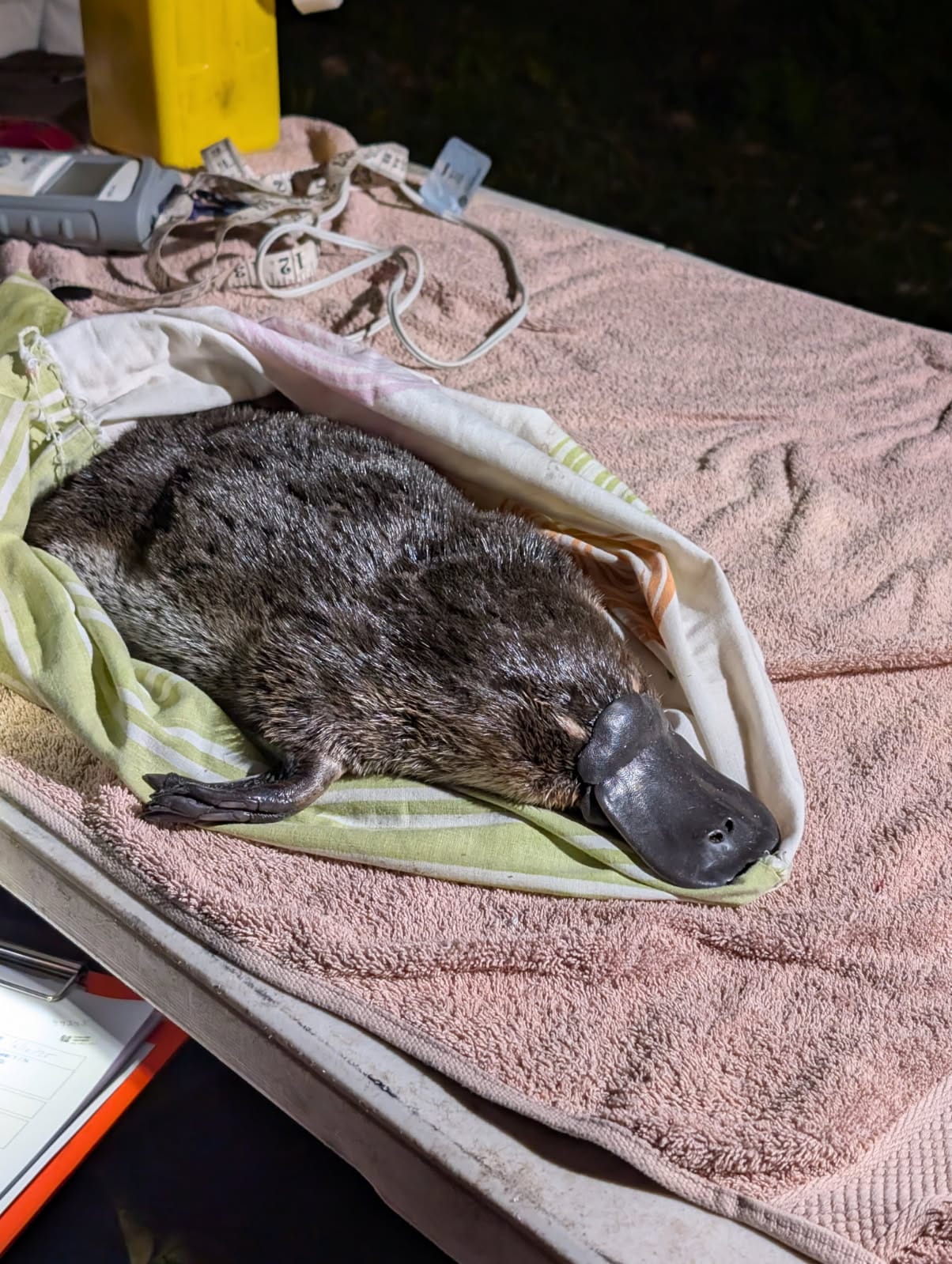
Look out for tell-tale ripples in the Hacking River. There may be more baby platys in the park
Mine funding for phase 2
UNSW Sydney’s Platypus Conservation Initiative has received a $630,000 funding boost from Peabody’s Metropolitan Mine and, in June this year, launched a new phase by translocating three more platypus into the park.
Peabody has been a controversial presence in the region, with conservationists fearing for the safety of unique species like the platypus after coal pollution from the mine wound up in Camp Gully Creek in 2022 and 2023. The Environmental Protection Authority has since issued fines and made changes to the mine’s licence. While Australia must hold mining companies to account, Gilad believes it’s vital to involve all the catchment's stakeholders in this ground-breaking project to restore species to the wild.
“We’re being supported financially by the mine for the second phase and I think it’s an important initiative on their part – to support positive change in the park,” he said.
“I think it’s also important that they’re much more aware of what we’re doing and the consequences of what happens to the park.”
Waterways are 'looking good'
That the platypus are breeding is a clear sign of a healthy environment. “From what we’re measuring in terms of water bugs and water quality, things are looking good,” Gilad said.
“We’re optimistic and hopeful, and I hope this project is encouraging people to have a positive outlook about conservation and management of our waterways.”
All the animals surveyed have been tagged and the scientists will be back next year to check on their progress.
“We don't want to disturb them too much, so we do kind of a spring and autumn survey,” Gilad said.
“We just finished a round of water quality and macro invertebrate surveys, and the park seems really good and healthy. And the platys are obviously thriving. They're just starting their third breeding season in the park.
“So we're going to keep monitoring them and come again in March next year to see how they fared, and hopefully find another cohort of platypuses in the park.”
Read more
Scientists celebrate magic of first puggle born in Royal National Park

